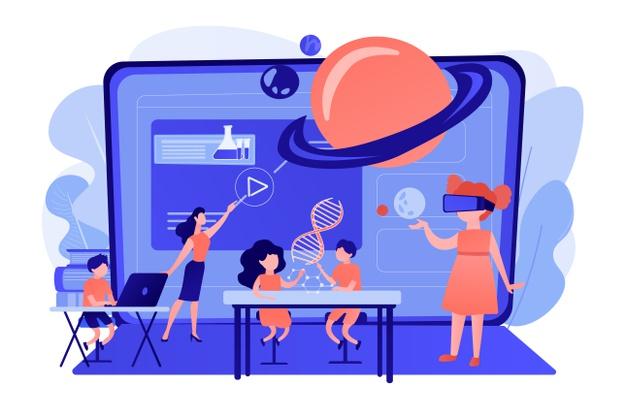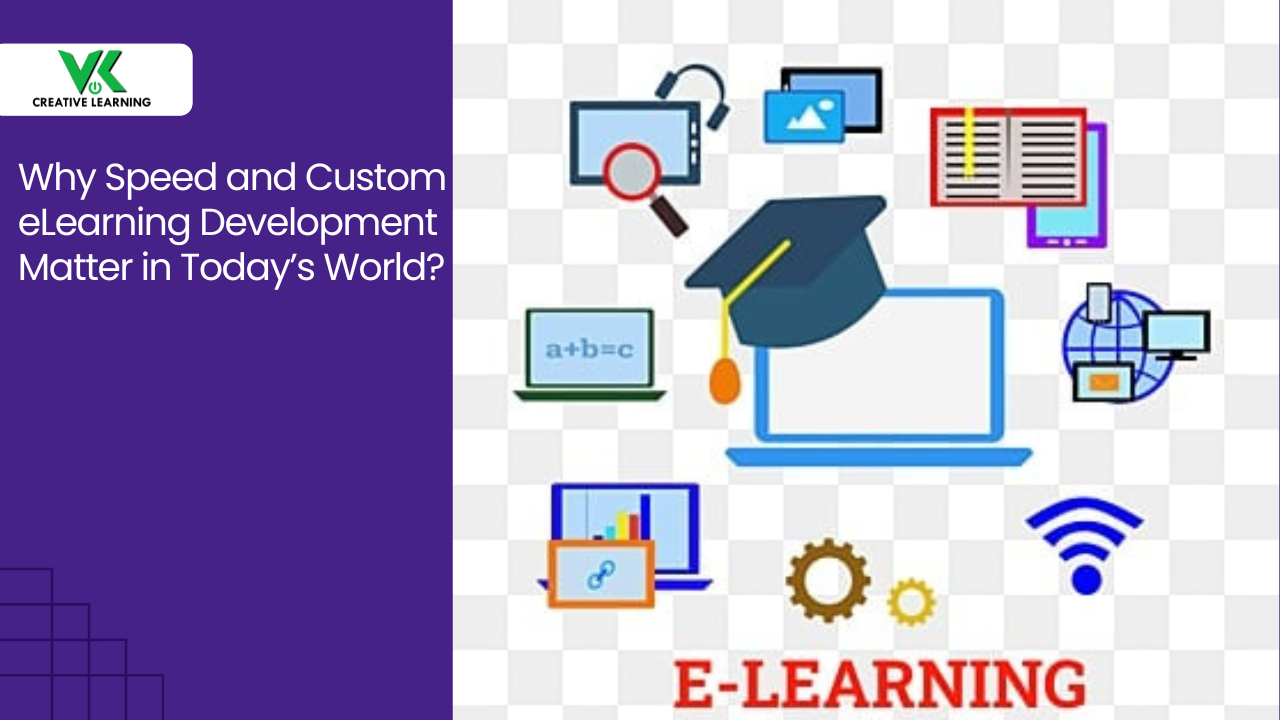Effectiveness of 3d Learning in Academic E-Learning Solutions
June 03, 2021
Memorization is not a reliable way of learning. It does not help students to learn and understand a concept thoroughly. It can be good from an exam point of view to score well. But it may not help a student absorb a concept and apply it in real-world scenarios. Hence, the way a concept is taught and understood has changed dramatically with the use of various technologies. This made various K-12 curriculum development companies explore and develop eLearning content in a different way.
High focus on visualization:
e-learning development companies laid a strong emphasis on visualization and information acquisition. This brought a paradigm shift in understanding the concepts. In other words, academic e-learning solutions were created to help the students to visualize concepts easily. This was possible by the introduction of three-dimensional animation in the e-learning courseware.
Example:
Students have to visualize to understand difficult concepts in the subjects such as mathematics, science, and engineering. Only if they learn to visualize they will understand several aspects of the topics of the subjects. This also allows them to understand how those concepts are used by nature. Importantly, it enables them to visualize, analyze, and assess a solution for a problem. In this way, they will see beyond the envelope and be on a never-ending search for new knowledge.
Three-dimensional learning:
National Research Council's (NRC) Framework: NRC is a learning methodology based on three-dimensional learning techniques. K-12 curriculum development companies implemented the three-dimensional learning methodology in eLearning courseware. This would ensure that students fully grasped all concepts. The main goal of K-12 content providers is to deliver high-quality science education and strengthen students' science skills. This would also improve their exam results. Three-dimensional learning focuses on:
1. Dimension 1: Practices implemented in Science and Engineering streams
2. Dimension 2: Cross mapping Concepts
Understanding Dimension 1: Practices implemented in Science and Engineering streams.
This method includes encouraging students to look at different challenges the way scientists do. The learning methodology encompasses the techniques used in the Science and Engineering fields. This helps to solve various complicated real-world problems by applying the learned knowledge. According to the NRC recommendations, the majority of K-12 program planning agencies use approximately eight science and engineering activities.
Details of the practices:
1. Make it a ritual to investigate challenges and come up with ideas.
2. With a problem, asking questions (investigation) and exploring all possible angles.
3. Analyzing and interpreting the information available
4. Mathematical and statistical approaches that are systemic
5. Creating various solution models
6. Using the existing data to cross-examine solution models
7. Disseminating knowledge 8. Including clear definitions and ideas based on a thorough understanding.
Cross Mapping concepts are the second dimension:
The following are few examples of cross-mapping concepts:
1. Recognizing the trend of issues
2. Recognizing the cause and consequence of the problem
3. Model preparation
4. Creating a connection between patterns and motion
VK Creative Learning (VKCL)
VK Creative Learning introduces three-dimensional learning in its academic and K-12 e-learning solutions. The idea is to ensure that students get deep insight into various topics in mathematics and science. Importantly, they should learn how to utilize the three-dimensional learning techniques in real-life scenarios




